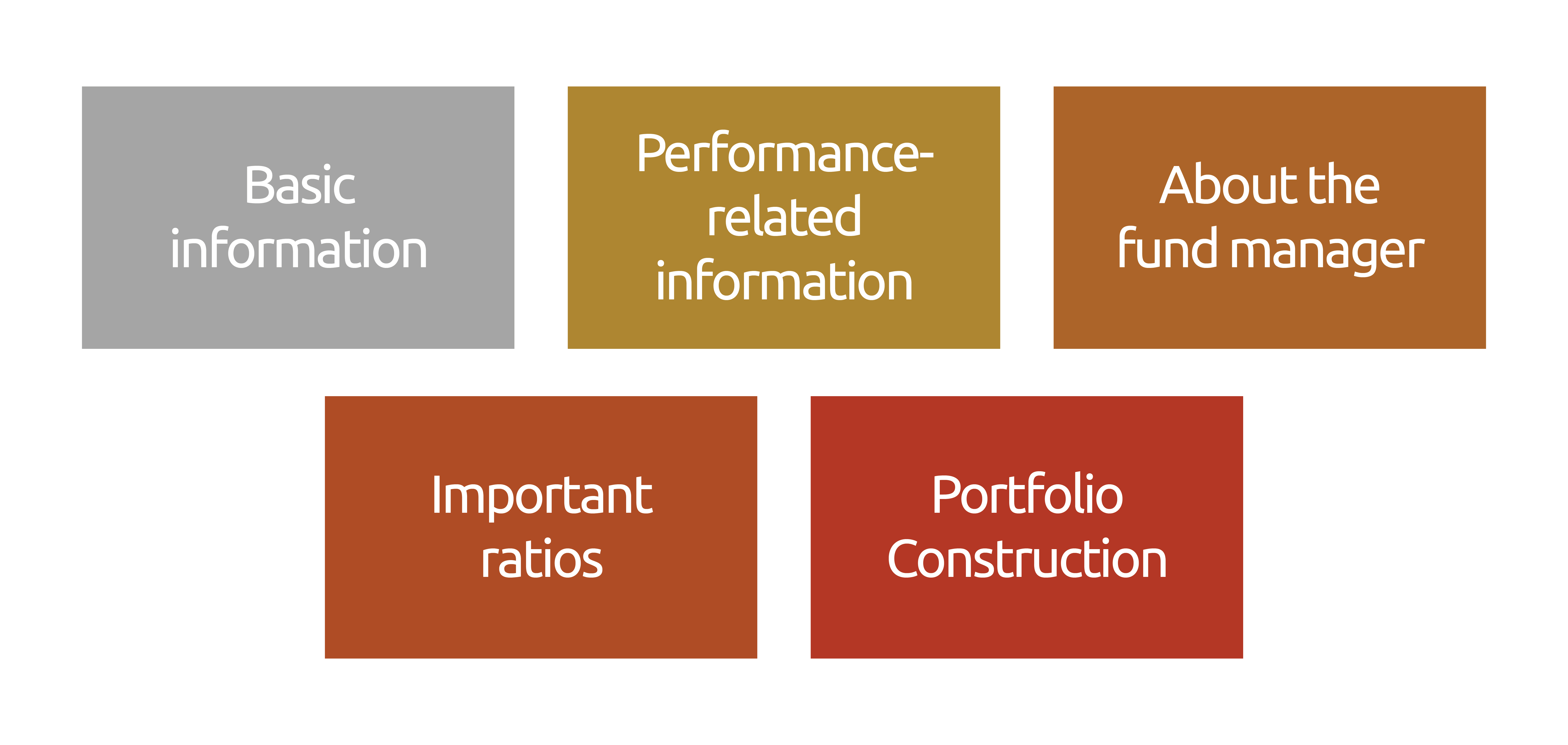Financial Term of the Week: Fund Fact Sheet
Mutual funds are not rocket science. And when you invest in them, you must know what you are getting into. Fortunately, the mutual fund houses ensure a lot of information disclosure for the investors to make informed decisions. The fund fact sheet
is one such document. It is designed to provide the investor with an overview of the mutual funds and is made available every month to the investors.
The key parameters to look for in a fact sheet are below-
Basic information related to scheme

Portfolio construction
Scheme performance
Basic Information
Below is the information available here-
- Investment objective
- Fund portfolio
- Methods of investing (SIP/Lump Sum)
- Minimum investment amount
- NAV of the plan
- Plans available (direct/regular)
- SIP/SWP/STP features available
- AUM data
- Options available (growth/dividend)
- Exit Load
- Product labelling
- Riskometer
This provides you with sufficient information to determine the nature of the mutual fund scheme. For example, if you invest in a mutual fund for your retirement, then the fund’s investment objective should be aligned with yours in terms of a long-term
growth objective. You may want to start an SIP, which, again, should be an option available. Importantly, if the product label says- ‘This product is suitable for investors who are seeking:’, it should resonate with what you seek. The riskometer,
which is a 6-level scale, depicts how risky the fund is, and you may then match your risk appetite to that of the fund’s. And so on.
Performance-related
Past performance is not usually an evidence for a mutual fund's future performance, but this section can help you analyse the past performance trends. The performance is represented against the fund’s benchmark and a market benchmark. The performance
is often accompanied by an example, say if you invested Rs 10,000, what would the value be.
About the fund manager
This tells you for how long the fund manager has been managing the fund and also provides information onthe other funds managed by the fund manager. The performance-related data in each fund’s factsheet can tell you how effectively the fund manager
has managed a fund.
Portfolio Construction
But where does the mutual fund invest? This is the section that answers this question. The percentages of the fund’s assets are invested in equity, debt, and cash holdings, represented in this section. Further sector-wise allocation along with
top-10 holdings are also mentioned. For debt funds, the fund's credit profile, further break-up of the debt holdings, and data like average maturity, YTM, modified duration, etc., is available.
Key Ratios
Many key-performance ratios tell you a lot about a mutual fund in comparison to others. These include ratios like beta, standard deviation, Sharpe ratio, expense ratio, etc. Based on all these ratios available in the fund fact sheet, you can decide
which mutual fund to invest in.
Overall, the factsheet tells you a lot about the mutual fund you are aiming to invest in or any changes your existing mutual fund may have gone through. It aims to help you gather all the information before taking the plunge and investing in any
fund.
